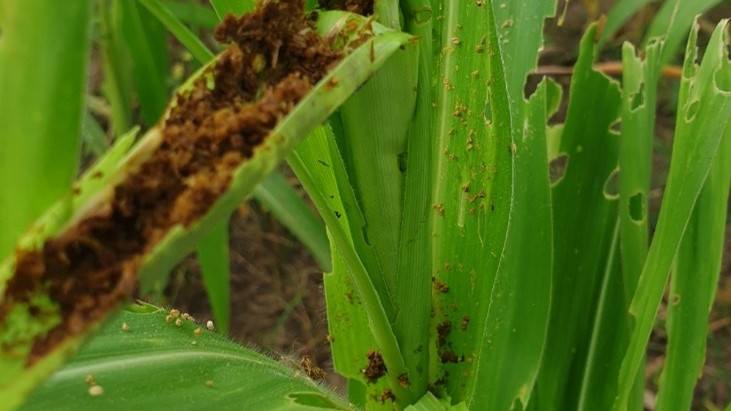Argentina: Blueberries Offer Niche Opportunity
Argentina’s blueberry production has grown by almost ten times in five years, from 320 tons in 2001 to 3,000 tons in 2005. According to a report from the US Department of Agriculture’s Foreign Agriculture Service (USDA-FAS), the counter-seasonal harvest compared to the Northern Hemisphere has turned the tiny crop into a US $25 million export industry.
Production in the short-term is forecast to continue growing through at least 2011, when all 3,400 hectares (Ha) planted today should reach their maximum potential. International prices are likely to decline steadily during this period, however, reaching equilibrium between 2008 and 2010.
In terms of planted area, blueberries are in the middle of a boom. In 2001, approximately 400 Ha were devoted to the crop, but by 2005, that number had grown to 2,500 Ha. According to industry sources, the 2006 season will see 3,400 Ha planted to blueberries in Argentina, 40% of which will bear fruit.
Argentina’s blueberry production is very modern, with domestically propagated plants, drip irrigation, anti-hail and anti-wind measures, and modern packing facilities.
The conditions in the valleys of Argentina are ideal for cultivation: acidic, well-drained soil fed by irrigation water ranging from neutral to slightly acidic. The first Argentine blueberry farms were planted in the Entre Rios and Buenos Aires provinces ten years ago; today each has 1,500 Ha of the crop. The Entre Rios province has a sub-tropical climate and sandy soils, and Buenos Aires has a temperate climate with heavy soils. Recently, the province of Tucuman has been planted heavily, owing to its tropical climate and the possibility of harvesting in late September and early October when world demand is higher than supply. An estimated 400 Ha are planted in Tucuman, with another 600 to be planted in the next two years.





